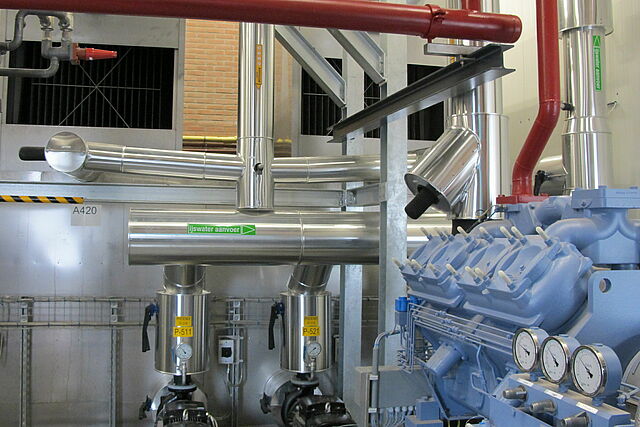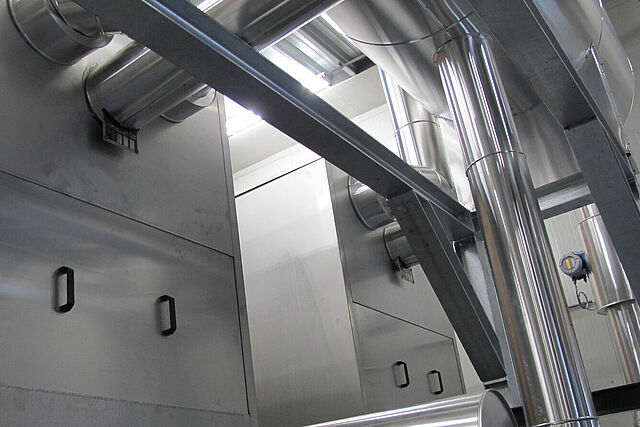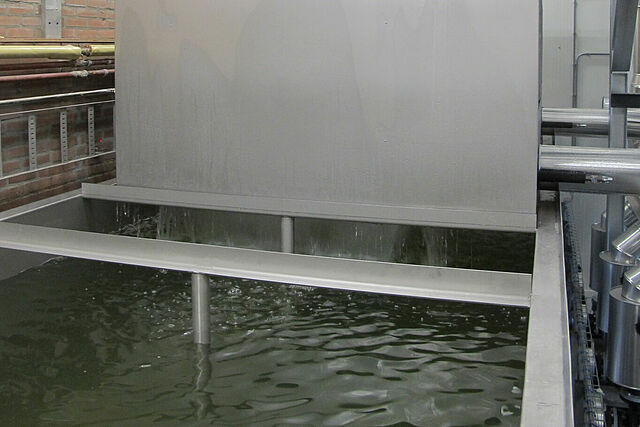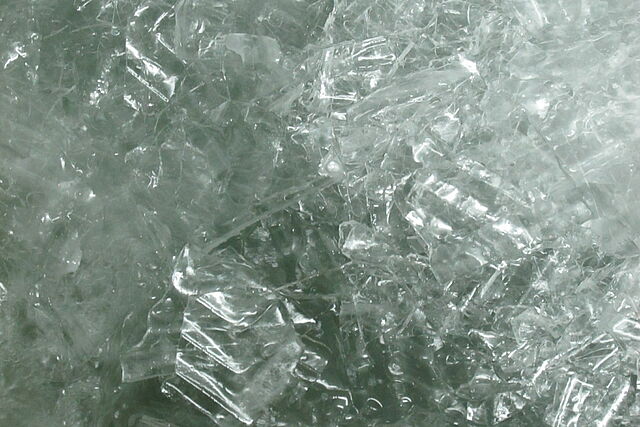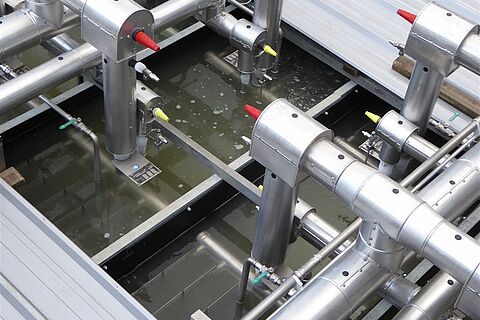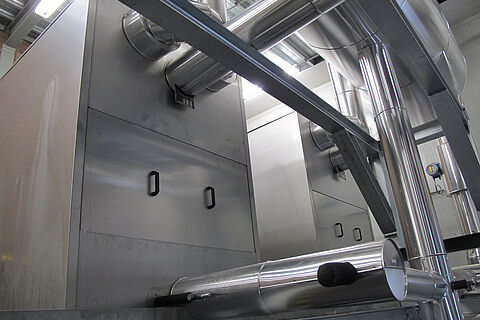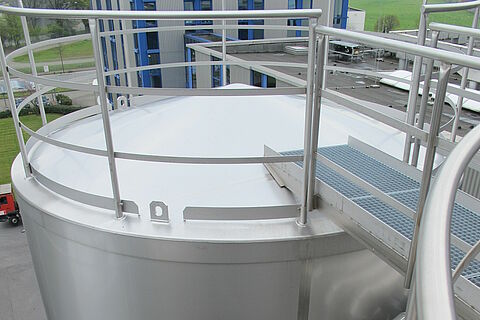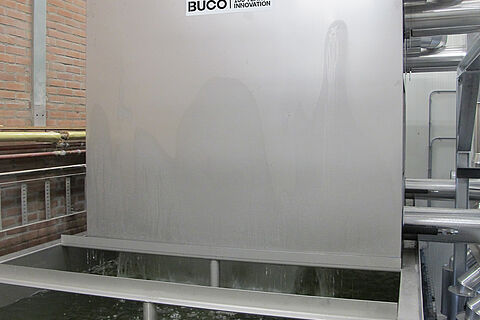
Refrigeration technology
Refrigeration technology joint analysis and consulting
When selecting a refrigeration unit for any industrial application, it is essential to consider the factors that will affect its efficiency, reliability and performance. With so many options available on the market today, it can be difficult for engineers and consultants to determine which unit is going to best meet their demands. We'll break down all key points of consideration when selecting a refrigeration unit - from capacity and energy efficiency right through to cost-effectiveness - with an eye towards developing a strategy that delivers optimal results in terms of both energy savings and long-term value.
The challenge in building the refrigeration plant, is to get as close as possible to the freezing point of 0°C without freezing. Generally in the Refrigeration technology, we advise refrigeration companies in the selection process. On basis of a joint analysis, through thermodynamic calculations and cost calculations, our service is free of charge. As a result, this involves an investigation of running times and the optimum balance between investment costs and operational reliability. The trend shows that this consulting has recently become more and more important. Particularly engineering resources are becoming less in many companies.
Alternative primary refrigerants and secondary refrigerants
In the selection of refrigerants, today's choice falls on the one hand on natural refrigerants such as NH3, CO2 or propane, and on the other hand on refrigerants such as R448A, R449A, R407A, R407C or R507C. In addition, systems are increasingly being operated with refrigerants such as propylene and ethylene glycol-water mixtures in various concentrations. When choosing the refrigeration concept, a flooded system is usually selected for refrigerants for reasons of low operating costs. For refrigerants with temperature glide, all units are designed for dry expansion (dx operation). Here, flooded evaporators are not used. Finally, in order to make the right decision, many individual aspects have to be considered, evaluated and calculated. In the end, this determines the choice of a falling film chiller or a static ice bank, depending on the advantage calculated on the basis of current data.
Refrigeration technology and dimple plates
Heat Transfer Technology AG to a large extent takes care of the thermal calculation of dimple plate heat exchanger and systems for the refrigeration technology. Accordingly, plants are designed with the lowest refrigerant content and the highest possible evaporation temperature. This is realized in form of optimized heat transfer and pressure loss calculation in refrigeration technology. However, the cost and economic efficiency of these heat exchangers are top priority.
Advantages of ice water pre-cooling
In order to expand the capacities in large refrigeration plants, especially dairies, operators often install additional ice water storage tanks. This is associated with high financial expenditure and corresponding space requirements. A cheaper alternative here is ice water pre-cooling. These systems cool the returning water before it enters the ice water storage tank, thus relieving the existing system.
Types of ice water distribution
- Open ice water circuit
It is usually combined with refrigeration using submerged heat exchange systems installed in open basins, which allows to use its advantages. The disadvantage is that because of the connection to the atmosphere, the ice water basins have to be placed on the upper floor in order to avoid a vacuum in the circuit. A well as the problems associated with air infiltration (poor heat transfer, corrosion). A top floor installation causes high construction costs and is not always possible. We recommend to use roof-mounted Falling-Film chillers or ice machines, which can be installed cost-effectively on roofs. They can completely replace the ice storage of a submerged heat exchange system in the tank by ice or ice water production (fallling-film chiller and/or ice machine).
- Closed ice water circuit
This circuit has actually two circuits separated by a heat exchanger. One is an ice water circuit to the consumers. The other is the secondary circuit (glycoles) with the refrigeration system or an open circuit with submerged heat exchange system and plate heat exchanger (see above). This means that the refrigeration can be set up in the basement and the ice water circuit in the upper floors can still be kept under overpressure. A disadvantage is the high ice water temperatures (approx. 2°C). Many users want to use the enormous advantage of lowest ice water temperatures near 0°C. Therefore open systems (ice water temperatures of 0.5°C) can be a good alternative.
Refrigeration technology and energy consumption
Basically, our calculations are a combination of our know-how and our experience and knowledge in this area. It applies in several aspects, in terms of energy consumption, energy costs, investment costs and the availability of space and electricity. Always focussed in each specific application for our customers and results highly efficient with lowest possible electricity costs of each project. Overall, this has a positive effect on the ongoing investment costs of a calendar year. Ultimately, these lower costs, as they are aswell costs of ownership, are a positive element in the overall cost of the end product due to energy savings. The customer benefits from the acquisition of a highly economical and compact stainless steel product and can stabilize or even expand his market position.
Refrigeration technology, operational liability and maximum running times
In particular, main tasks are problems of fluctuating water volumes or irregularities in the operation of the existing refrigeration unit. We take these tasks seriously and this encourages our customer to purchase our service as an expert in refrigeration technology matters. But that’s not all, the necessary equipment is an efficient part of the overall system. Thus, the customer also appreciates our manufacturer qualities and facilities as to be combined with our refrigeration skills.
